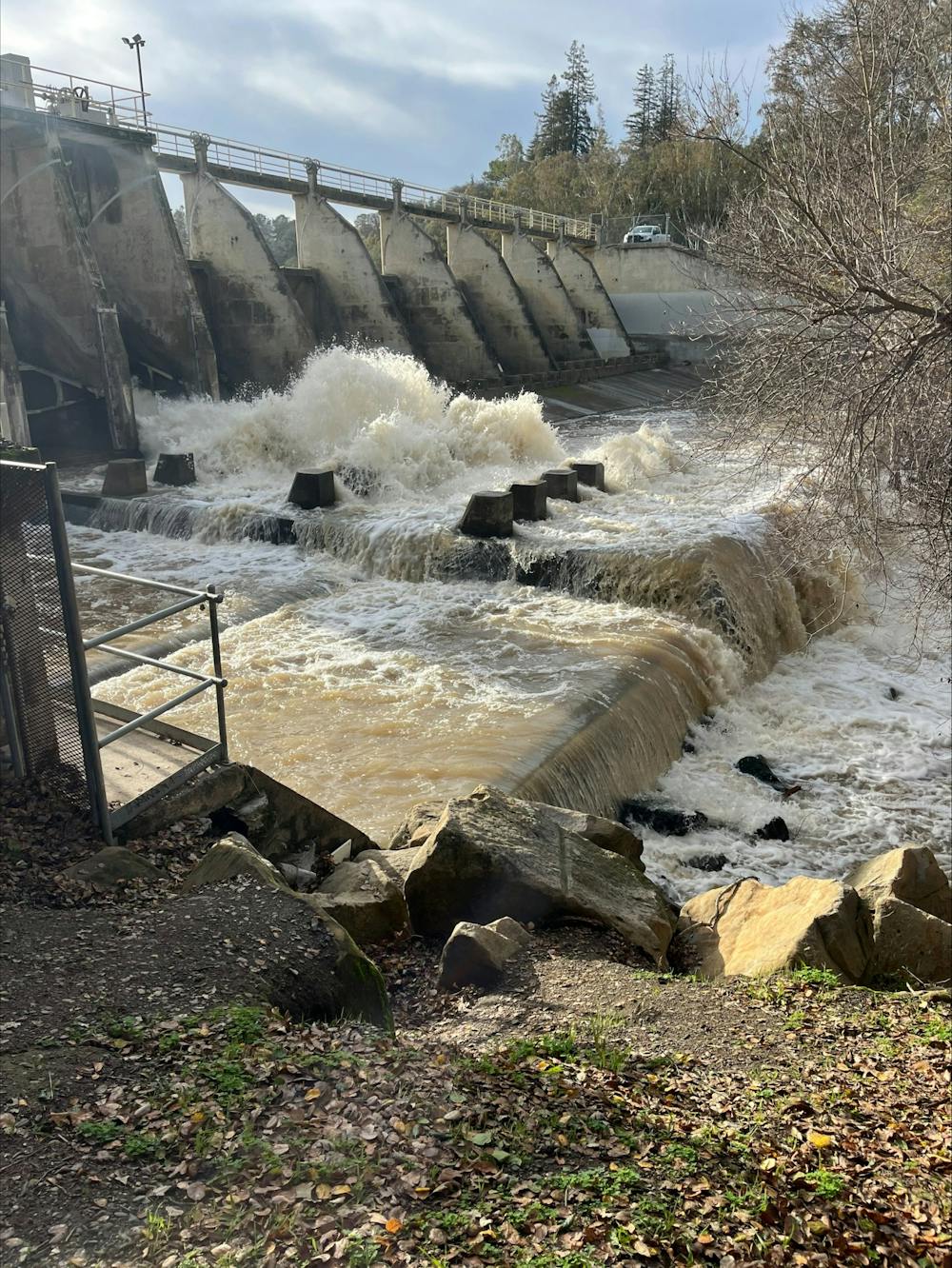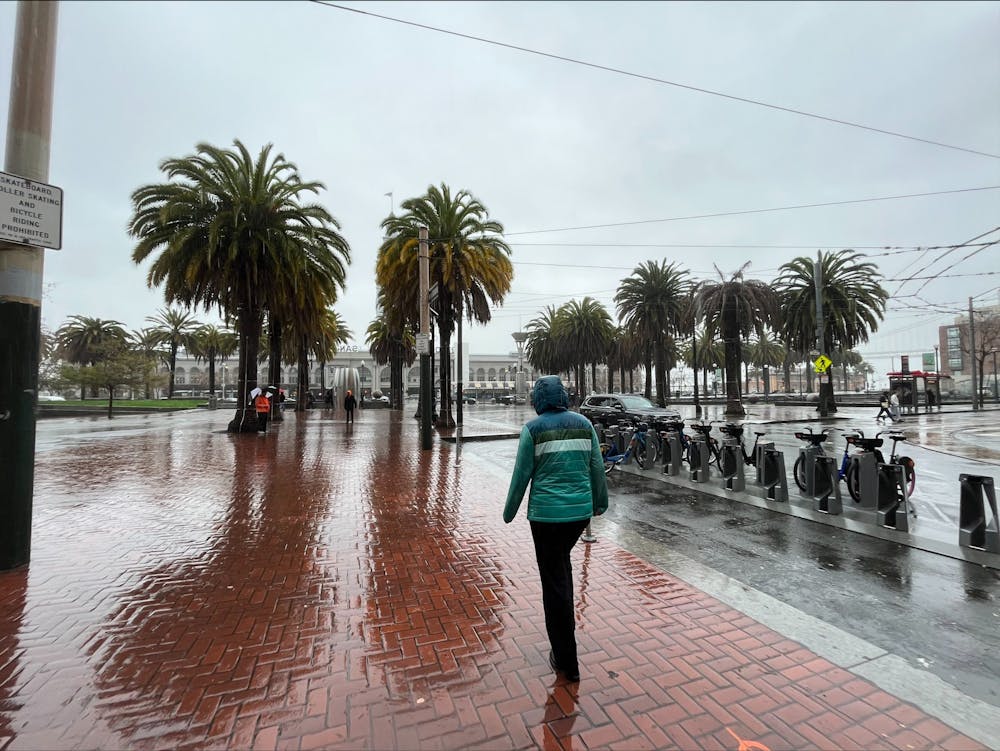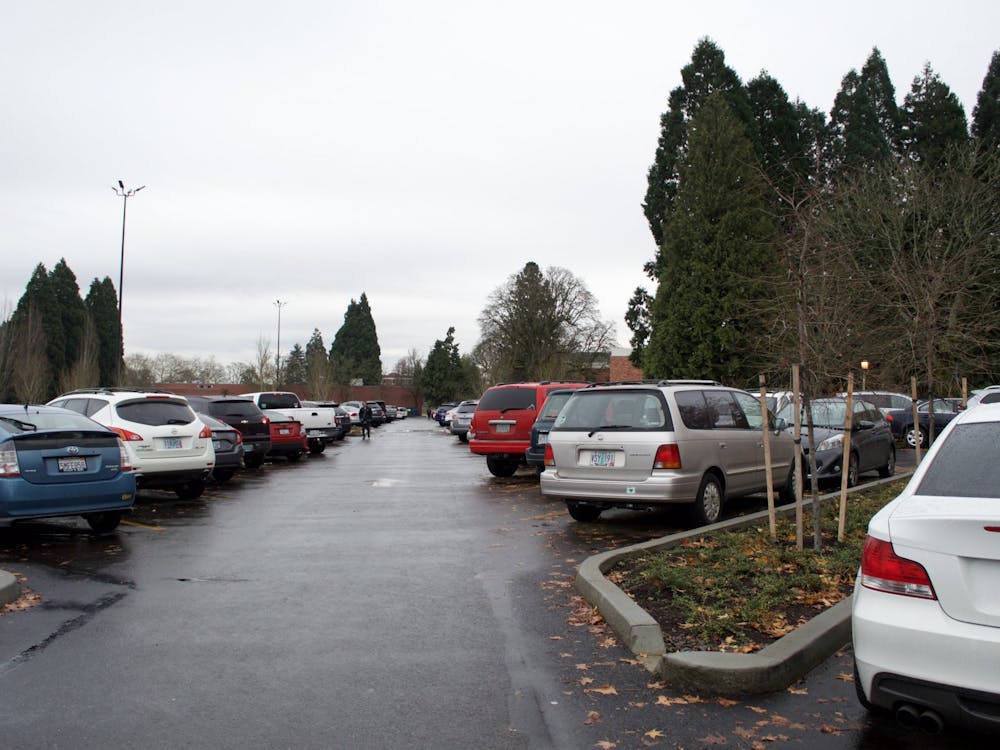UP freshman Eleanor Sells was taking a well known route from her friend’s house back to her own in her hometown of San Jose, California. The drive, which should have taken no more than 15 minutes, left Sells driving through wind, rain and blown over objects during the most recent rainstorm to hit California this year.
“The wind was blowing so many things in front of stores, like there were umbrellas flying through the middle of the street,” Sells said. “I saw a couple of accidents and stuff too, and this was literally just on that one drive home.”
Sells isn't alone in her witnessing of the recent California storm. With roughly 30% of UP’s student population coming from California, Sells is among the many students who were privy to the effects of the storm during their time home over UP’s winter break.

Like many California cities, freshman Shannon Crosby’s hometown of Moraga was affected by the storm, facing collapsed roads, overflowing areas and power shut offs.
“Certain areas like our town center lost power,” Crosby said. “So the stoplights and the whole city center went out.”
California, known for its relentless sunshine and temperate winters, was hit with a series of atmospheric rivers at the start of this year. On Jan. 4, governor Gavin Newsom declared California to be in a state of emergency due to the torrential downpour and gale force winds facing the golden state.
Freshman Zac Leppaluoto was driving from Ventura to Anaheim for a family trip to Disneyland when the storm, and the flooding from it, created a sinkhole on the freeway.
“We had a couple police cars and emergency vehicles pass us,” Leppaluoto said. “They all went to an on-ramp which had a sinkhole open up in where two cars got trapped.”
Luckily, all four people who were in the sinkhole survived the encounter.
In the northern area of California, San Francisco resident Ainslig Brady witnessed multiple trees falling and roads collapsing in her city. Not used to anything above some wind and summer heat, the infrastructure of San Francisco shook under the pressure of the storms.

Brady witnessed her hometown flood, leading to overflowing sewers leaking into the historic San Francisco Bay.
“The sewers were overflowing, and our sewer system is really old,” Brady said. “All of the rainwater and the raw sewage goes in the same drain — so the overflow, it's kind of sad, but it goes into the bay.”
Brady’s experience in witnessing the effects of the storm gave her a deeper perspective into how mankind and our creations interact with nature.
“It was definitely one of those moments where you have this realization when you're like, ‘wow, nature is so much more powerful than any infrastructure we could ever build,’” Brady said.
Kate Cuadrado is the News and Managing Editor at The Beacon. She can be reached at cuadrado24@up.edu.
Noah Carandanis contributed to this story and is a reporter for The Beacon. He can be reached at carandan26@up.edu.








